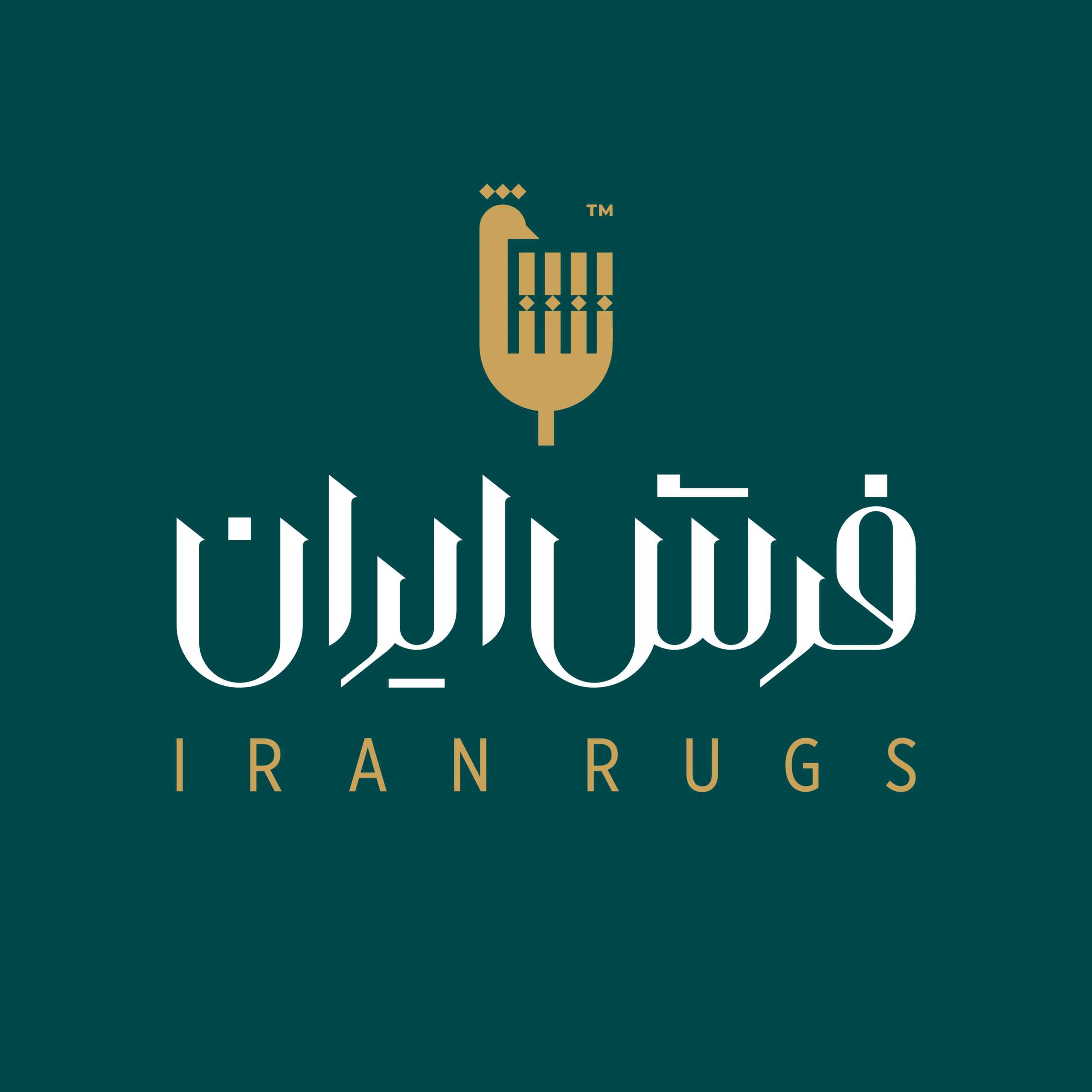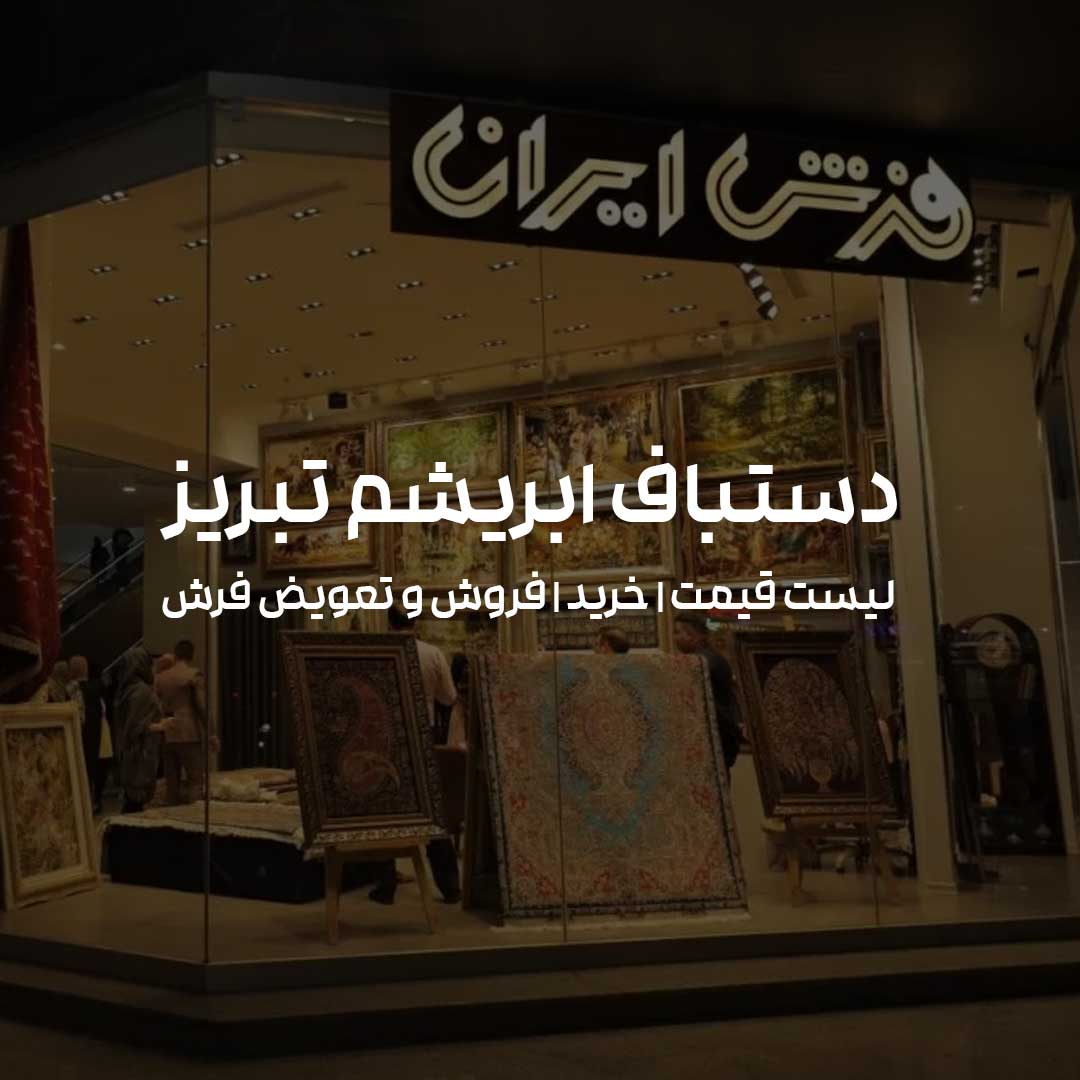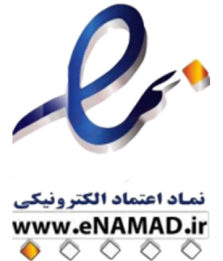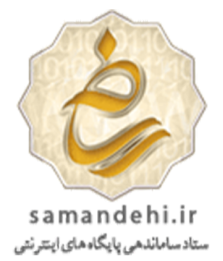Tabriz is a city in northwestern Iran and the capital of East Azerbaijan province, which has a smooth route to several countries, including Azerbaijan and Turkey, and is neighbored by them. It is the third largest city in terms of area behind Tehran and Mashhad. It is also the fifth largest city in Iran by population according to the latest census. The dominant population of Tabriz speaks Azeri and Azeri Turkish and Tabriz accent.
Handmade silk Tabriz price list / buying | selling and replacing carpets
Handmade silk Tabriz price list / buying | selling and replacing carpets
The city has faced serious problems and issues throughout history and has been repeatedly occupied by enemies. The city has also been declared the capital of Iran for many years and has been the center of governments such as atabakan, ilkhanate, Roadian, Shepherd, jalalian, khwarezmian, Safavid, AQ qawyunlu, Qarah qawyunlu, khwanin of Azerbaijan, as well as the second headquarters or capital of the Qajar regime. In a short time the city has come under autonomous rule.
By examining this history of ups and downs, we can certainly see that the city has enough space to be present in global markets and trade with other centers of countries, including the Ottoman government and the Arabs settled around Mesopotamia. This space will point to an increase in the path leading to art and creativity. Because there were different relatives in the city and the entry of goods from abroad was open due to the border of the city, the art of the people of Tabriz has been transferred to other cities and countries.
Tabriz city
In various historical periods such as Safavids and Qajars, the city reached the peak of its flourishing in art and industry, which has maintained its position to date and is still considered among the top industrial and artistic cities. In the wake of this flourishing, there are many developments in the arts, industry, culture and … The city was the main event of the conditional revolution and the presence of the famous leaders of the movement and the lighting of the torch of freedom in the city. Many consider Tabriz to be the source of modernity in Iran.
It is known by numerous nicknames among the people of Iran, which is the city of firsts, the city of underpasses and crossings, the city without beggars, the safest city of Iran, the cradle of Iranian investment, the Chocolate City of Iran, the pole of industrial production, the world city of carpet weaving and so on … Among these are titles and titles.
People of Tabriz
Most of the people of Tabriz are the indigenous people of Tabriz and Azerbaijan province. But due to the huge influx of migrants into the city, other relatives have also settled in it. The boom in cultural, social and economic exchanges in the city has led to an increase in non-indigenous forces. The predominant language of the people of Tabriz is turkish with the Tabriz dialect, which differs greatly from the Turkish of Istanbul and the Turkish of Azerbaijan. The official language in the city is Persian, like other cities in Iran, but the Tabriz dialect is also very common.
The exchange and migration routes from Tabriz are also provided to other cities, which led to the marriage and advancement of this ethnicity in other neighboring cities or further afield. The city’s greats and celebrities include Star Khan and Bakr Khan, as well as many artists and politicians who have been steadfast in keeping the lights of Tabriz alive. In contemporary history, he has also introduced great men and martyrs such as Hamid and Mehdi Bakri to the world.
The work of the people of Tabriz
We talked earlier about the climatic conditions of Tabriz and the development of industry in this city. So there are many job opportunities in this city. On the other hand, due to its geographical location, the city has many emerging or export-dependent businesses at its heart. Major jobs can now be introduced in the following sectors:
Agricultural sector: planting medicinal plants, cereals, greenhouses, orchards and … The use of the province’s natural capacities is also one of the things that is seen in the agricultural sector. Despite the water shortage crisis in the province and the whole country, the agricultural path towards low-yield or low-yield cultivation was greatly expanded, as well as greenhouse and drip irrigation methods.
Livestock sector: according to the geographical location of Tabriz, livestock farming with cattle and sheep farming, bees, broiler chickens and mothers, eggs and … It’s on the rise in this province.
Industry: the presence of metal mines, automotive and machinery factories ,small manufacturing units and…Tabriz is one of the examples of the presence of the city in the industrial sector.
Handicrafts: as mentioned, Tabriz is known as the world city of carpets, carpets, carpets, carpets, carpets, carpets, pottery, leather and so on … It’s one of the arts that works in this city and is known in global markets.
Services: the services sector is also covered in a variety of titles, including cultural, historical, artistic and … It’s powerful and continuous.
Types of traditional Tabriz art
Many people may know the name of the city alongside colorful carpets, exquisite carpets, handbags and leather shoes, but despite the flag of the city in the fields mentioned and having the first rank in these fields, other arts have also expanded in the city and artists active in it are present in global markets. In general, it can be said that handicrafts in Tabriz have brought it a wonderful and special effect.
Other active arts in the city include:
Needlework
Pottery
Calligraphy
Pictorial
Inlay
Buffy basket
Penciling
Sweat work
Sweaty tile
Stone tram
Making traditional jewelry
Silver or Cuban silver
And …
History of the art of Tabriz carpet
The peak of the introduction or start of the carpet of Tabriz can be introduced from the Safavid era. This art, which has been one of the ways people have made money in this city for many years, has a very rich history. Tabriz is one of the oldest carpet and handmade carpet weaving centers in the world. Initially, the weaving of these handmade carpets was done locally and with a number of ends of 24, which after periods underwent changes to its present form.
The threads used in the weaving of these carpets were produced and dominant products in the area such as sheep wool, breeding silk and … It was. The prototypes of the Tabriz carpet were not so different from other places, and gradually with the arrival of new styles and the contrast of the creative talent of this fabric, it underwent changes that guided the carpet and accessories of the Tabriz carpet in the form of today.
The carpet of Tabriz
The art of carpet weaving in Tabriz went so far that it was introduced to the world as the world carpet City. Silk carpets, fluff and Silk, all silk and … They were among the things that were woven in this city. But many of the products produced by Tabriz carpet artists were preserved due to their specific designs. The Islamic plan of the bergamot and the lichen, the garden plan, the Mustafa plan, the visual plan, the grassland plan, the tree plan, The Hunting Ground Plan, the Khatib plan, the microfish plan and so on … These are examples of designs.
Handmade carpets because of their fine texture, special textured threads, complete and unparalleled coloring, Turkish and symmetrical textured style, Turkish plating and so on … It has gained popularity among lovers of handmade carpet art. These days, it is very unlikely that Tabriz carpets will be woven from unwanted and low-quality fibers, and the use of domestic top threads and imported Merino yarn is a prominent feature of it.
Types of carpet accessories
In the art of carpet weaving the activities of artists in this field are not limited to the weaving of carpets with uses such as flooring and the following works are among the types of carpet weaving branches:
Handmade carpeting: carpets are small examples of handmade carpets that are placed in wooden frames. Handmade carpeting is woven at a high density of 50 to 120 rows.
Handmade carpet: carpets are old examples of handmade art in Tabriz, woven in a special style using wool or silk.
Vernie Buffy: this art, known as Vernie or Soma, is also known as tribal glue. The varnishes are made of wool, cotton, hemp, and silk, which weigh less than all types of carpet accessories.
Jajim Baffi: the old handmade jajim of the tribes are for various uses and are considered among the ancient examples of Iranian carpet. The most important component of jajim is their coloring and the use of wool and cotton yarn separately or in combination. One of the features of the jajim is the use of simple geometric shapes in them.
Tabriz carpet market
Despite the extensive weaving and development of the carpet in Tabriz and its numerous branches, as well as the location of the city in this geographical location, the carpet market in the city expanded greatly, so that the carpet became one of the three basic products and goods exported by the city and introduced the city to the world under the name of the Iranian carpet pole. The old Tabriz carpet market was the first place to take this seriously.
The Tabriz carpet market expanded to other cities, provinces and countries, and samples of carpets, carpets, glue and … It’s a luxury product for decorative use … It provided for the interested. The purchase and sale of handmade carpets in Tabriz is ongoing in this market and the oldest example of carpet designs in Tabriz can be found in the meantime. The sale of old and used carpets with special designs is also common in this market, which is suitable for collectors and enthusiasts of this luxury art.





